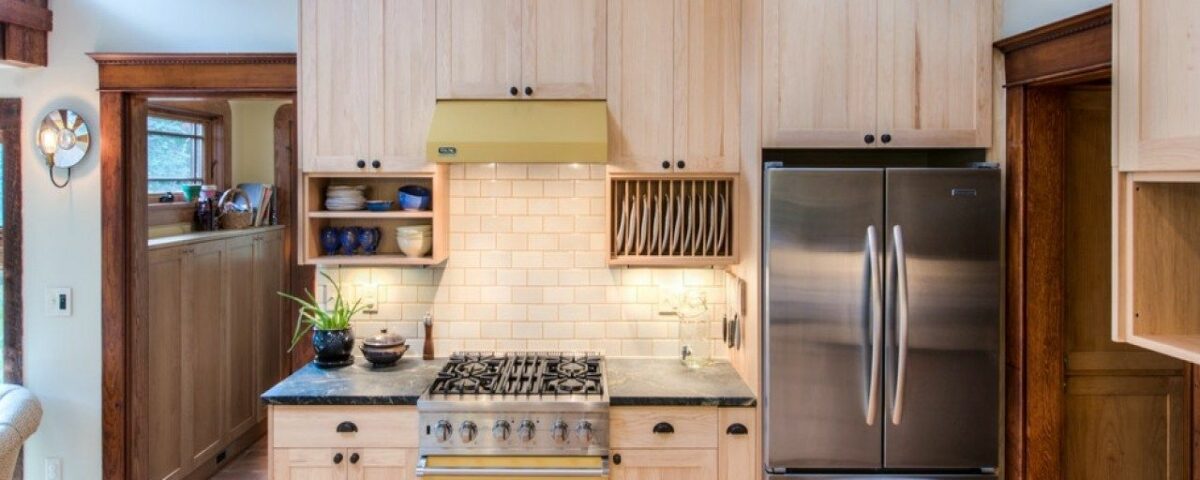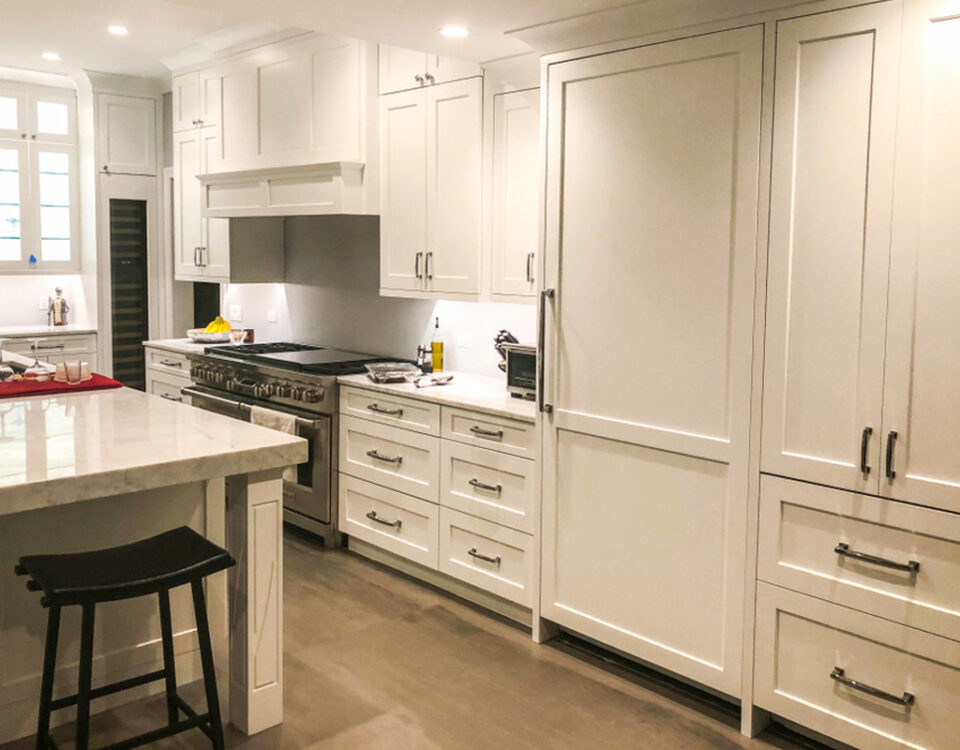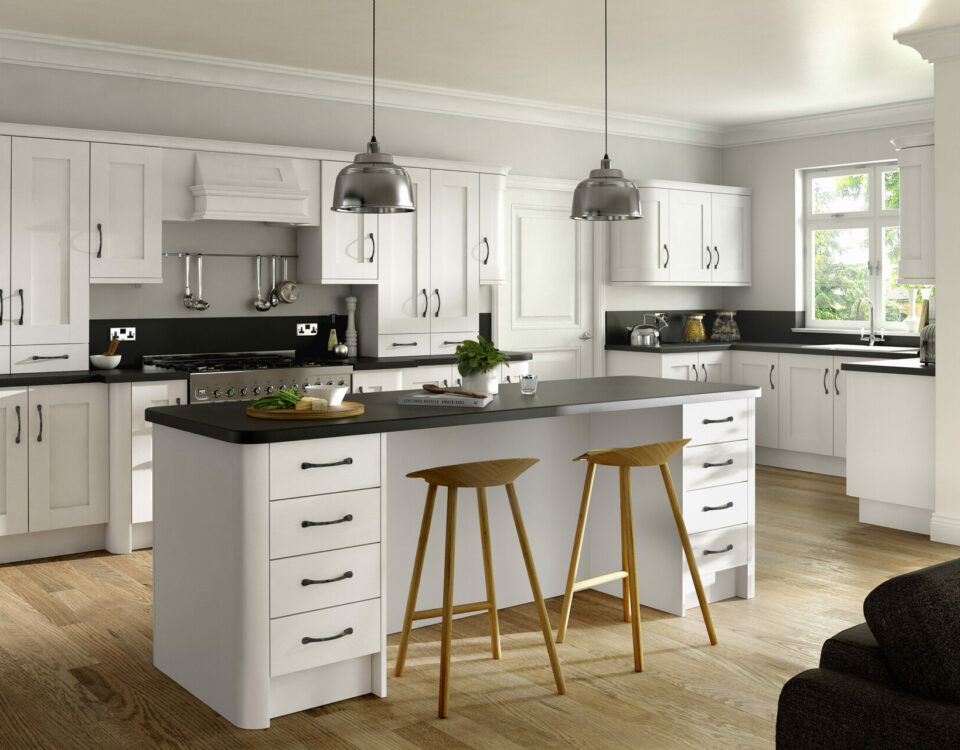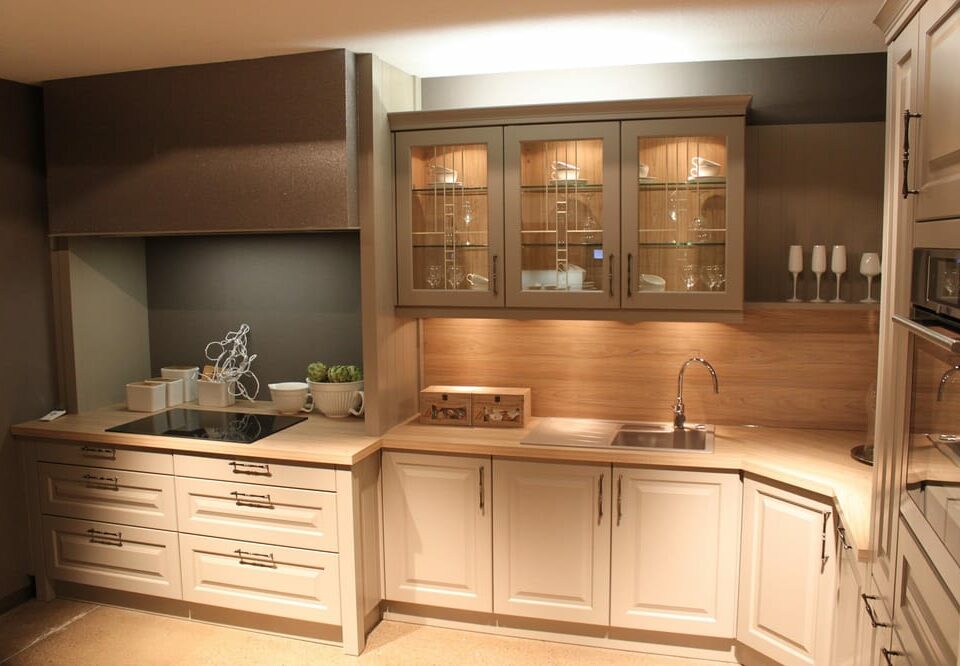
Innovating Spaces: The Evolution of Brand New Cabinets
December 19, 2023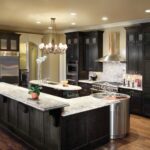
The Art of Custom Cabinetry: Spaces with Personalized Elegance
December 19, 2023Discover how brand new cabinets are redefining modern interiors with their blend of innovative design, functionality, and cutting-edge technology. This comprehensive overview delves into the latest trends and materials that are transforming the way we think about cabinetry in our homes and offices.
Contemporary Design: A New Aesthetic
Today’s cabinets are a far cry from traditional styles, embracing minimalism and versatility for a sleek and sophisticated look.
Sleek, Minimalist Designs
The current trend in cabinetry design favors clean lines and a minimalist approach. This style complements a range of interior designs, from modern to transitional, and provides a refreshing contrast to the clutter of daily life.
Innovative Materials in Brand New Cabinets
Modern cabinets utilize a variety of materials, including eco-friendly options and high-tech composites. These materials are selected for their durability, ease of maintenance, and ability to offer a wide array of finishes and textures.
Functionality Meets Innovation
Contemporary cabinetry is not just about aesthetics; it’s also about innovative storage solutions and enhanced functionality.
Custom Storage Solutions
Modern cabinets are designed with the user in mind. Features like custom drawer organizers, pull-out shelves, and integrated lighting systems maximize space and improve accessibility, making everyday tasks more manageable.
Technology Integration
Today’s cabinets often incorporate technological features, such as built-in charging stations, touch-control lighting, and motorized mechanisms, offering convenience and adding a futuristic touch to classic storage solutions.
The Role of Technology in Brand New Cabinets
Technological advancements are playing a significant role in the evolution of cabinetry, enhancing precision and design possibilities.
Advanced Manufacturing Techniques
Computer-aided design (CAD) and computer numerical control (CNC) technologies have revolutionized cabinet manufacturing. These tools allow for greater design precision, intricate detailing, and consistent quality across all pieces.
Smart Cabinetry Features
The integration of smart technology in cabinets is on the rise. Features like voice-activated systems, automated drawers, and app-controlled lighting are making cabinets more interactive and user-friendly.
Trends in Modern Cabinetry
The future of cabinetry is shaped by emerging trends that focus on personalization, sustainability, and multifunctionality.
Eco-Friendly Practices
There is a growing emphasis on sustainability in cabinet manufacturing. Use of reclaimed wood, recycled materials, and eco-friendly finishes is becoming increasingly popular, reflecting a global shift towards environmentally conscious design.
Adaptable and Modular Designs in Brand New Cabinets
Modular cabinetry systems, which allow for customization and flexibility, are becoming more prevalent. These systems enable homeowners to adapt their storage solutions to changing needs and preferences.
Embracing the Future of Brand New Cabinets
As we look ahead, the cabinet industry continues to innovate, with a focus on personalization, technology integration, and sustainability.
Personalization at the Forefront
Personalization is key in modern cabinetry design. Homeowners now have the opportunity to tailor every aspect of their cabinets, from size and layout to finishes and features, ensuring that their cabinetry is a true reflection of their personal style and needs.
The Sustainable Cabinet Revolution
The future of cabinetry is also focused on sustainable practices. From sourcing materials responsibly to implementing energy-efficient manufacturing processes, the cabinet industry is moving towards a more sustainable future.
The Transformative Power of Brand New Cabinets
Brand new cabinets are more than just storage solutions; they are a testament to the evolution of design and technology in the modern era. With their blend of style, functionality, and innovation, they continue to revolutionize the way we design and utilize space in our homes and workplaces.

